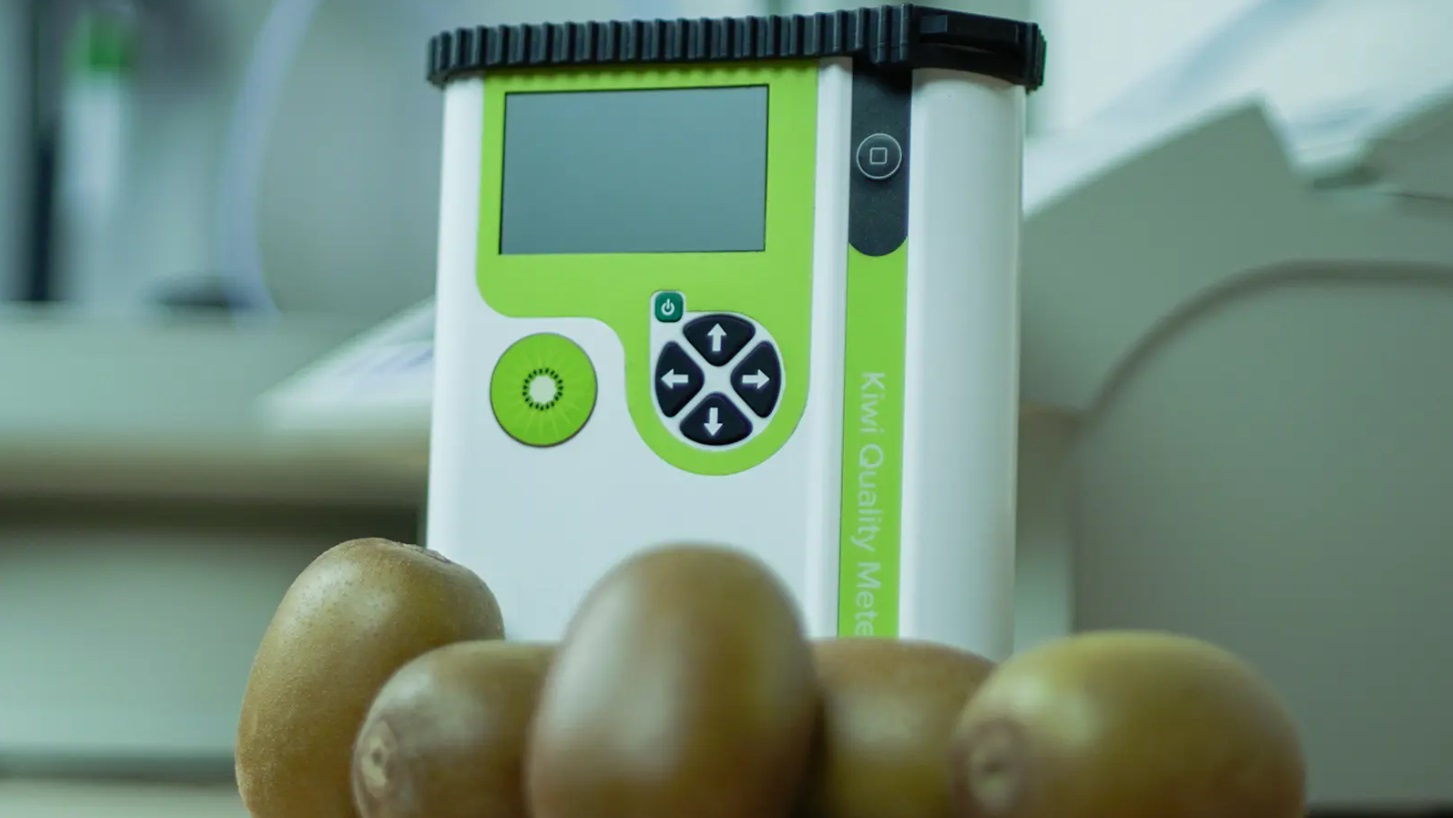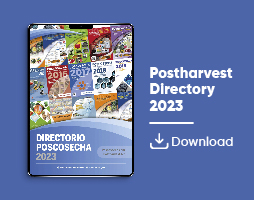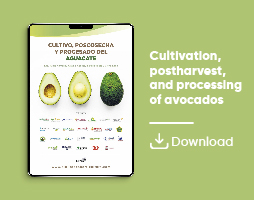Measurements
Five Recent Advances in Post-harvest Mango Management
Mango (Mangifera indica L.) is a tropical fruit popular globally for its taste and aroma. Globally, it is one of the top ten fruits that is produced. It is a significant source of income and nutrition in the countries where it is grown. Mango Postharvest Technologies are vital for addressing Mango?s short shelf-life and difficulties in maintaining and regulating its postharvest quality.
03 October, 2023
Mango (Mangifera indica L.) is a tropical fruit popular globally for its taste and aroma. Globally, it is one of the top ten fruits that is produced. It is a significant source of income and nutrition in the countries where it is grown. Mango Postharvest Technologies are vital for addressing Mangos short shelf-life and difficulties in maintaining and regulating its postharvest quality. External Ethylene for Peel Color TransformationMango is a climacteric fruit, and it is picked at physiological maturity and later treated artificially with ethylene to ripen it according to retail demand to achieve its commercial color and flavor. Ethylene is a natural phytohormone secreted by plants. It triggers ripening and is essential for developing mango color, texture, flavor, and nutritional quality. Mango colors can be green, yellow, orange, or red. Immature mangos have more chlorophyll that masks carotenoids and anthocyanins. The effect of ethylene on mango color is affected by many factors, such as other plant hormone levels and storage conditions. Location and local conditions, such as in China, can complicate efficient postharvest mango storage. To find ripening solutions targeted for local conditions, a team of Chinese scientists investigated the effect of different concentrations of Ethephon [(2-chloroethyl) phosphonic acid, ETH], an artificial ethylene analog, on Guifei the main mango variety produced in Hainan, China when stored at 25°C. They tested the external application of ethylene on the ripening process and color changes until 15 days after treatment. The research findings showed that postharvest treatments of mango with 300, 500, and 900 mg·L?1 ETH accelerated color transformation and fruit softening. The scientists found that the Guifei mango color transformation by ETH depended on increasing solution concentrations, as shown in Figure 1. The 900 mg·L?1 ETH treated fruits have undergone the most color changes, followed by the 300 mg·L?1 ETH and then the 300 mg·L?1 ETH treatments. ETH stimulated the activities of ACS and ACO, resulting in endogenous ethylene release. The treated mangoes showed a chlorophyll breakdown due to more activity by enzymes Chlase and MDCase. The scientists found that ETH had increased the expression of the genes PAL, CHI, DFR, and UFGT, which controlled the synthesis of the carotenoid and anthocyanin, as shown in Figure 2. Two genes in particular, DFR and UFGT, were more active than in controls. As the ETH-induced endogenous ethylene production increased, fruit firmness and chlorophyll content fell, but anthocyanin and MDA content rose. The treated mangos had higher MDA levels and lower firmness, so internal quality development was also positive. Eco-friendly Coatings to Improve Mango Quality and Shelf-LifeMango fruits continue to respire and transpire even after harvest. During respiration, they use stored carbohydrates to release carbon dioxide (CO2); they lose water vapor during transpiration. Both these physiological activities reduce fruit weight and shorten the shelf-life. Moreover, fruits are also prone to microbial attack and pests. Coatings are a popular way to maintain fruit quality, extend shelf life, and reduce wastage during transport and storage. The coatings create a modified atmosphere that reduces respiration by blocking oxygen; ethylene production triggered by respiration is also reduced, prolonging fruit shelf life. Moreover, the coatings act as a barrier to microbes and pests. Instead of using chemicals, the industry is increasingly turning to Mango Postharvest Technologies like edible coatings that protect fruits till consumption and are readily degradable in garden compost heaps. Such sustainable coatings reduce health risks to consumers and are environmentally friendly. An international team tested peanut, sunflower, corn, soya bean, and animal fat to find suitable edible oil coatings for mangos. They applied the oils after the mango variety Anwar Rataul was harvested at physiological maturity and when they were still firm and green. The coated and uncoated control mangos were stored at 25 °C and a relative humidity of 75 percent, and their quality was monitored for 25 days. Uncoated fruits rotted in 20 days. The coatings significantly impacted quality by slowing down the ripening process and the development of color, aroma, and taste, which prolonged the shelf-life. Peanut oil had the most effect, followed by soybean oil. After twenty days, color, aroma, and taste declined in coated mangos. At the end of the experiment, after 25 days, animal fat-coated mangos had the most color, aroma, and taste, followed by sunflower oil-coated mangos. The animal fat-coated mangos had the most total sugars and total soluble sugar (TSS) content, ascorbic acids, titrable acidity, less weight loss, and delayed ripening. They had low pH, which increases shelf-life. The scientists concluded that animal fat showed the best results, followed by sunflower oil. Mango Postharvest Technologies: Handling and Jam EvaluationMango is the second most economical fruit cultivated in Ethiopia. Mango is a seasonal crop, and a glut leads to low market prices. Processing seasonal excesses adds value, creates internationally competitive products, and prevents waste. It allows mango to be enjoyed throughout the year, increases income, and decreases production costs. Jam preparation is one of the best-suited techniques in Ethiopia for mango preservation. The present study assessed postharvest handling practices to find a way to demonstrate and popularize mango jam-making in south Ethiopian rural households. Around 40 farmer households (28 female and 12 male) were interviewed about postharvest handling and jam sensory qualities. Over 87.5 percent of the respondents were above 25 years old, and 40 percent had varying levels of school education. Results of the study showed that 42.5 percent of transport involved pack animals like donkeys, mules, and horses; car transport (30 percent) and humans (22.5 percent) were other modes used. The sack was the common packing material used in 47.5 percent of cases, followed by baskets and plastic baths. The major reasons for mango loss were identified by respondents, and pest and insect damage emerged as the top reason. The second reason was mechanical damage and fruit injuries due to rough handling during harvest. Loading and unloading, tight packaging of fruits, transportation over bad roads, and use of inefficient packing material were other reasons for mango loss. Local mango jam was evaluated for appearance, color, and flavor and received a score of four on a 5-point scale, indicating it was highly acceptable. To remedy the identified problems, scientists recommend using Mango Postharvest Technologies such as pest and disease-resistant cultivars, better harvesting methods, storage, and transportation services. These technologies are aimed to reduce mango waste and extend shelf-life. Based on the results, the two scientists developed a manual and practical training program on postharvest handling, processing, and mango jam use that was widely distributed to development agencies, administrators, and farmers.




 Applications.png)







